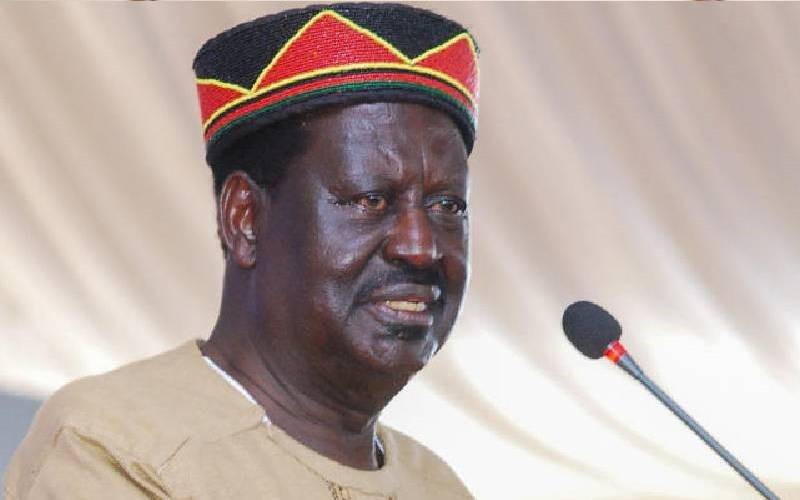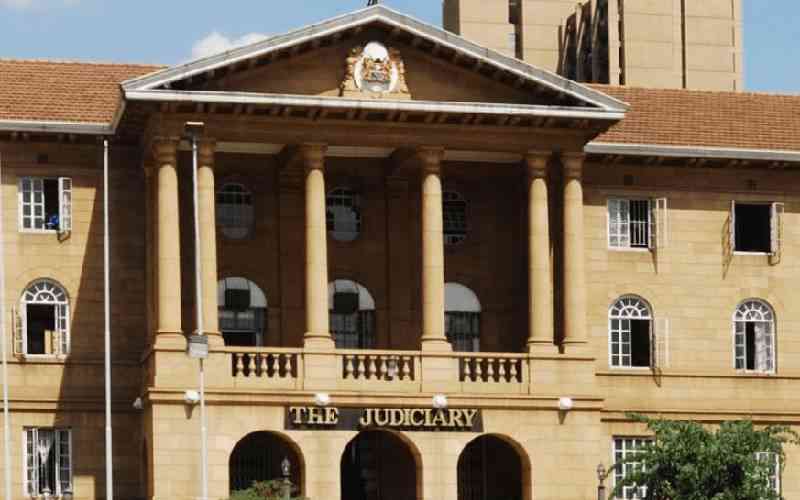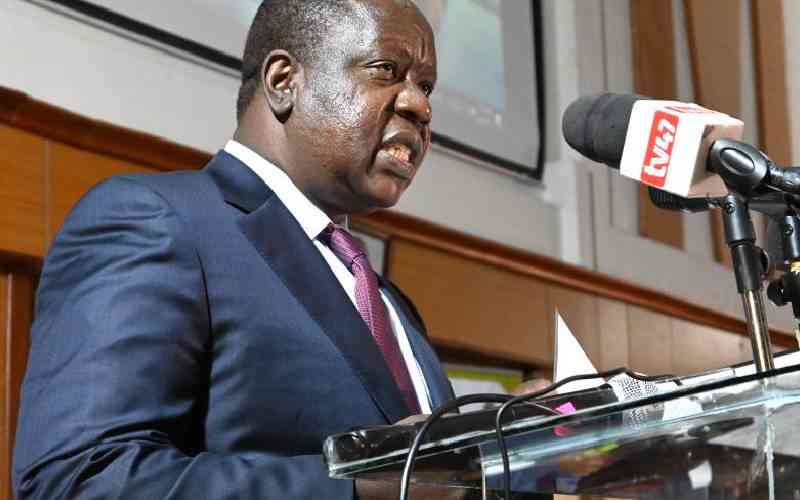In trouble with police for speeding beyond the 100 km/h limit? Worry not, the law could be on your side. The High Court has ruled that driving 20 km/h above the 100 km/h limit is not illegal.
The court also ruled there is no law allowing the highways authority to place speed limit road signs or prescribe punishment for ignoring them.
Judge Ngenye Macharia found that section 70 (5b) (1A) which reads “without prejudice to the generality of subsection (1) a highway authority shall cause to be placed on or near a road traffic sign prescribing speed limits on the road” does not exist in law.
In addition, drivers can now argue their innocence if found by traffic police driving in excess of 20 km/h from 100 km/h as the judge found that the limit is allowed by the law.
The judge noted that section 70 (5A), which allows the 20 km/h excess speed does not spell out an offence although it gives a penalty for speeding.
“From the above, one observation is that section 70 (5B) (1A) on one hand does not exist. On the other hand, section 70 (5A) on its own does not disclose an offence since it only prescribes a penalty for a conviction in violation of the speed limit,” said Justice Macharia.
Defective charge
“Reference to sub-section 1 A refers to placement of traffic signs prescribing speed limits. Thus when considered as a whole, no offence is revealed under provisions of the law cited.”
Ankush Manoj Shah had been charged before the Magistrate’s Court after he ignored the speed limit indicated on a sign along the Southern Bypass Road between Kikuyu and Kiambu. The driver, according to the charge, was driving at 120 km/h instead of 100 km/h.
But before he took the plea, Shah’s lawyer Allen Gichuhi raised questions over the charge. He termed the charge defective, saying the traffic law gives a driver at least a 20 km/h allowance from the set speed.
“Since the applicant had not exceeded the 20 km/h allowance, no offence had been committed and the charge was therefore defective as the applicant was charged for a non-existent offence,” the lawyer submitted.
The objection was dismissed by the lower court but the man appealed before the High Court.
Shah wanted Macharia to declare that all drivers fined or charged under the contested section were illegally punished but the judge said she could not deal with that since there was no evidence before her.
The judge said the driver was within the law by exceeding the limit by 20 km/h. “I must emphasise that the applicant having been charged for driving at 120 km/h and the law cited, an offence could only have been created if he was driving in excess of 120 km/h. He was therefore within the allowed speed limit. Effectively no offence had been committed by the speed he was driving at.”
Stay informed. Subscribe to our newsletter
 The Standard Group Plc is a
multi-media organization with investments in media platforms spanning newspaper
print operations, television, radio broadcasting, digital and online services. The
Standard Group is recognized as a leading multi-media house in Kenya with a key
influence in matters of national and international interest.
The Standard Group Plc is a
multi-media organization with investments in media platforms spanning newspaper
print operations, television, radio broadcasting, digital and online services. The
Standard Group is recognized as a leading multi-media house in Kenya with a key
influence in matters of national and international interest.
 The Standard Group Plc is a
multi-media organization with investments in media platforms spanning newspaper
print operations, television, radio broadcasting, digital and online services. The
Standard Group is recognized as a leading multi-media house in Kenya with a key
influence in matters of national and international interest.
The Standard Group Plc is a
multi-media organization with investments in media platforms spanning newspaper
print operations, television, radio broadcasting, digital and online services. The
Standard Group is recognized as a leading multi-media house in Kenya with a key
influence in matters of national and international interest.









